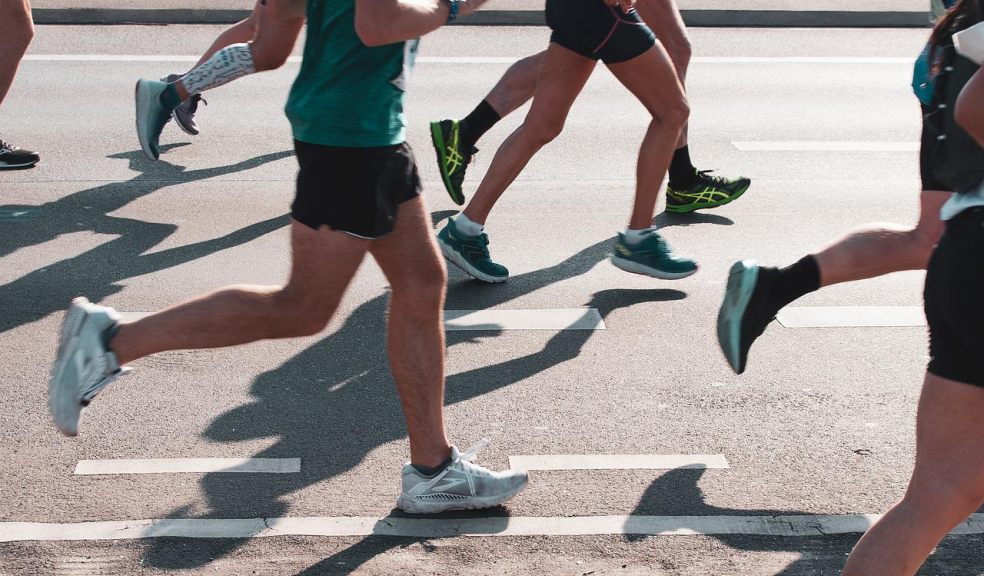
Expert tips for final marathon preparations
WITH just one month to go until runners toe the start line, Runners Need is sharing its expert tips and advice on the final preparations to help for a successful race.
Christian Allen, Product Trainer at Runners Need, explains more about the final stages of training:
What should your last month of training look like?
In the final weeks leading up to race day it is important not to cram in too many runs and factor in more rest days as the event nears.
While training plans are different for every individual, as a general guide you should look to do your longest mileage four weeks out, then taper it down in the following weeks with a mixture of runs. In the week leading up to the race you only want to do a couple of easy runs.
It is really important to rest up, stay hydrated and look at fuelling your body with more carbs a couple of days before. Do not overdo it during the last few weeks as your hard training should have been done by this stage.
What’s the longest run you should do before the marathon?
While there is no one size fits all formular, when marathon training your longest run should be around 20 miles and done three to four weeks before the race. This will give your body enough practice come marathon day and will also ensure you are less likely to get injured in the lead up to it. It also means that your body will not need so much time to recover so will not impact on the rest of your training.
What’s the best way to taper?
Tapering begins immediately after your longest training run and means reducing the volume of your weekly training mileage. This is important in ensuring your body is well rested before your marathon to get you into peak performance for the race. You want to cut down your mileage by 20-30% each week, so for example if your longest week mileage was 40 miles, you would look to drop this down by 8-12 miles the following week. You also want to make sure you are not doing any lower body weight training or cross training activities such as spinning, which may tire the legs.
What about new running shoes?
The standard lifespan of road running shoes tends to be between 300 and 500 miles, so if you’re running 20 miles a week, you would need to replace them after four-six months.
However, there are other factors that you need to take into consideration when looking at how worn out your running shoes can become, including if you are running on the surface they are designed for, as well as your running style and how your foot strikes the floor. At Runners Need we offer a free gait analysis service to help advise you on the best running shoe suited to your running style.
It is a good idea not to wear a new pair of running shoes on race day, instead they should be worn for a couple of weeks before the marathon to ensure you are used to them.
Christian adds: “In the weeks leading up to your race, it is important to remain calm. You’ve done all the hard work during your training and squeezing in excess runs won’t help.
“Mentally go through the course and work out where any aid stations are on the route, so you can plan for how much water and fuel you may need to take with you. It is also a good idea to plan how you are going to get to the event in plenty of time to avoid any last-minute stress.
“One of my biggest tips is to make sure that you’ve run in the clothes you’ll be wearing on the day so that you know they are comfortable.”
For more information or to find out where your nearest Runners Need store is visitwww.runnersneed.com



















